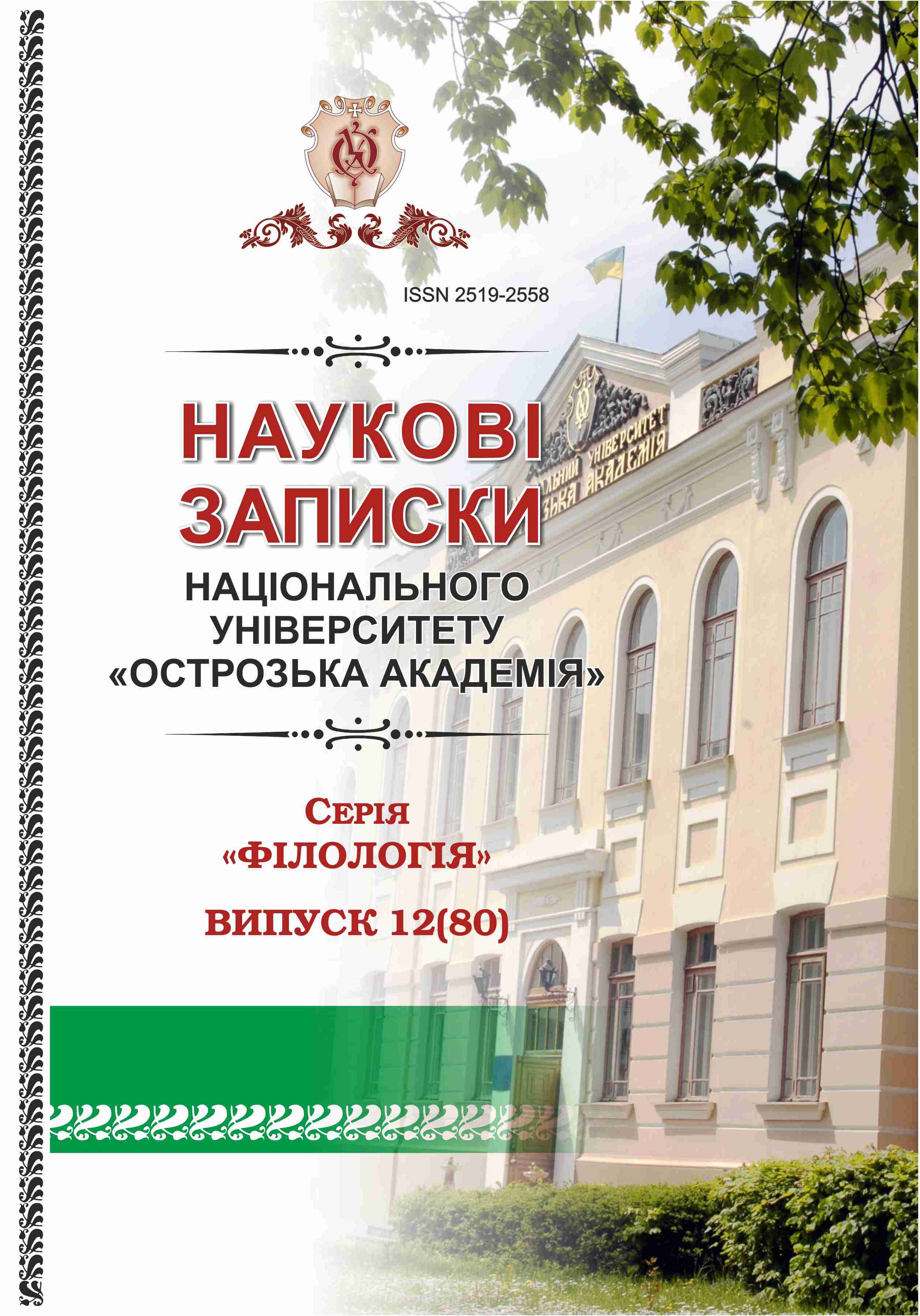NON-VERBAL COMMUNICATION IN THE ORTHODOX CHURCH IN NEW REALITIES
Keywords:
non-verbal communication, Orthodox Church, kinesics, haptics, proxemics, paraverbal communication, olfactory sign, tacesicsAbstract
The article focuses on the changes that have taken place in the sphere of non-verbal communication in the Orthodox Church with the onset of the Covid-19 coronavirus pandemic. Such channels of nonverbal information transmission as kinesics, haptics, proxemics, paraverbals, tacesics, gastics have been analyzed. The conducted research reveals proxemics – the use of space as the most significant change, which was reflected in a significant reduction in the number of parishioners allowed to attend church services to 10-15 and the establishment of a social distance between them of at least 1,5-2 metres. The clothing, a visual sign, was complemented by a mandatory face mask for parishioners and priests. A kiss, as an element of haptics, has been forbidden since the beginning of quarantine restrictions, it is replaced by a kinesic nonverbal sign of a bow in front of icons, a cross, a chalice, or a priest as a symbol of reverence and awe. Gastic non-verbal channel is supplemented with a tacesic one – the use of palms when communing. Changes in chronemics are represented by delays in Liturgy on holidays. Paraverbal channel has undergone changes due to the quantitative reduction of most church choirs to a few singers, which has affected the sound quality of the hymns, as a result polyphonic party singing has been replaced by one- or two-part.

